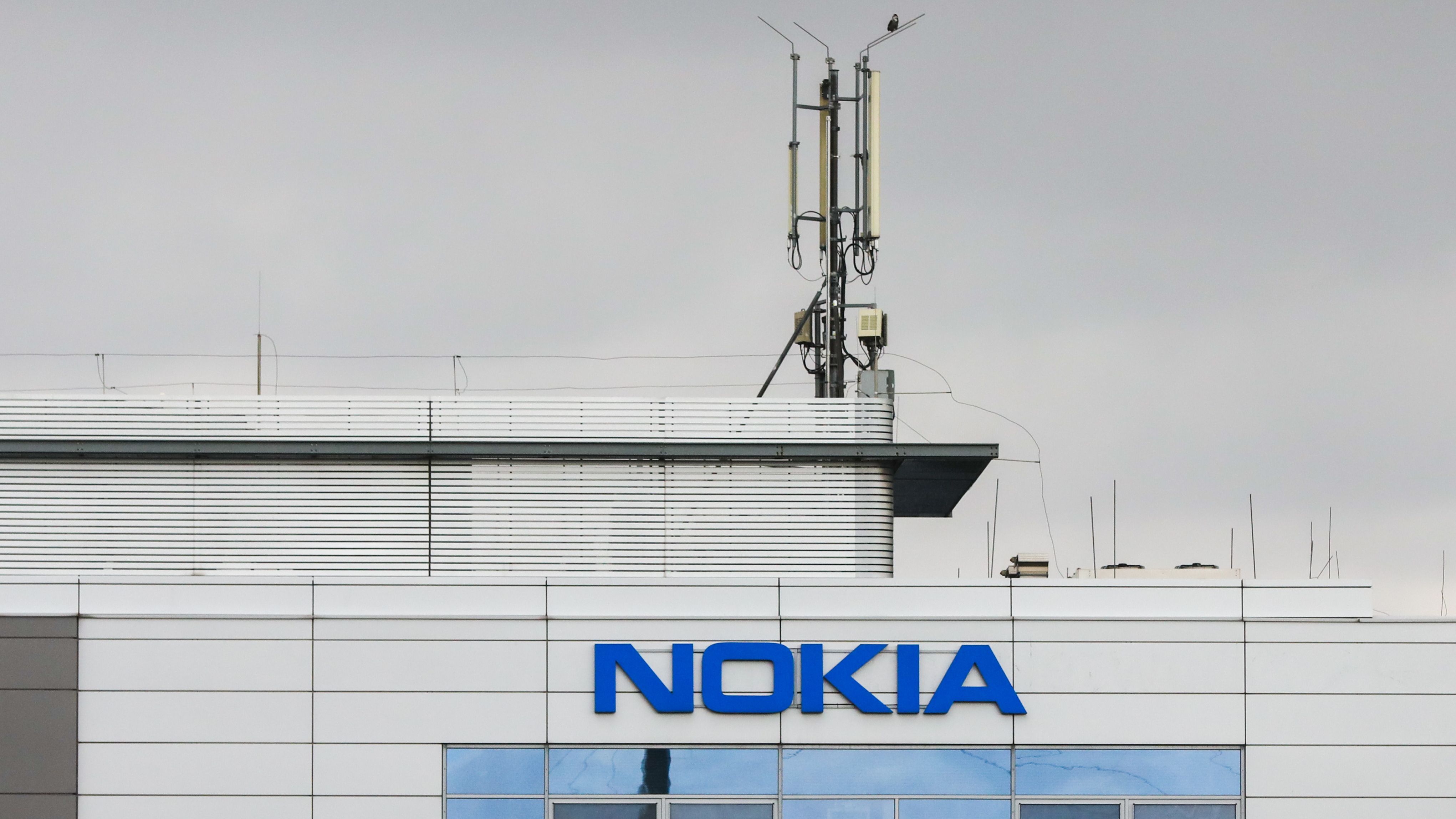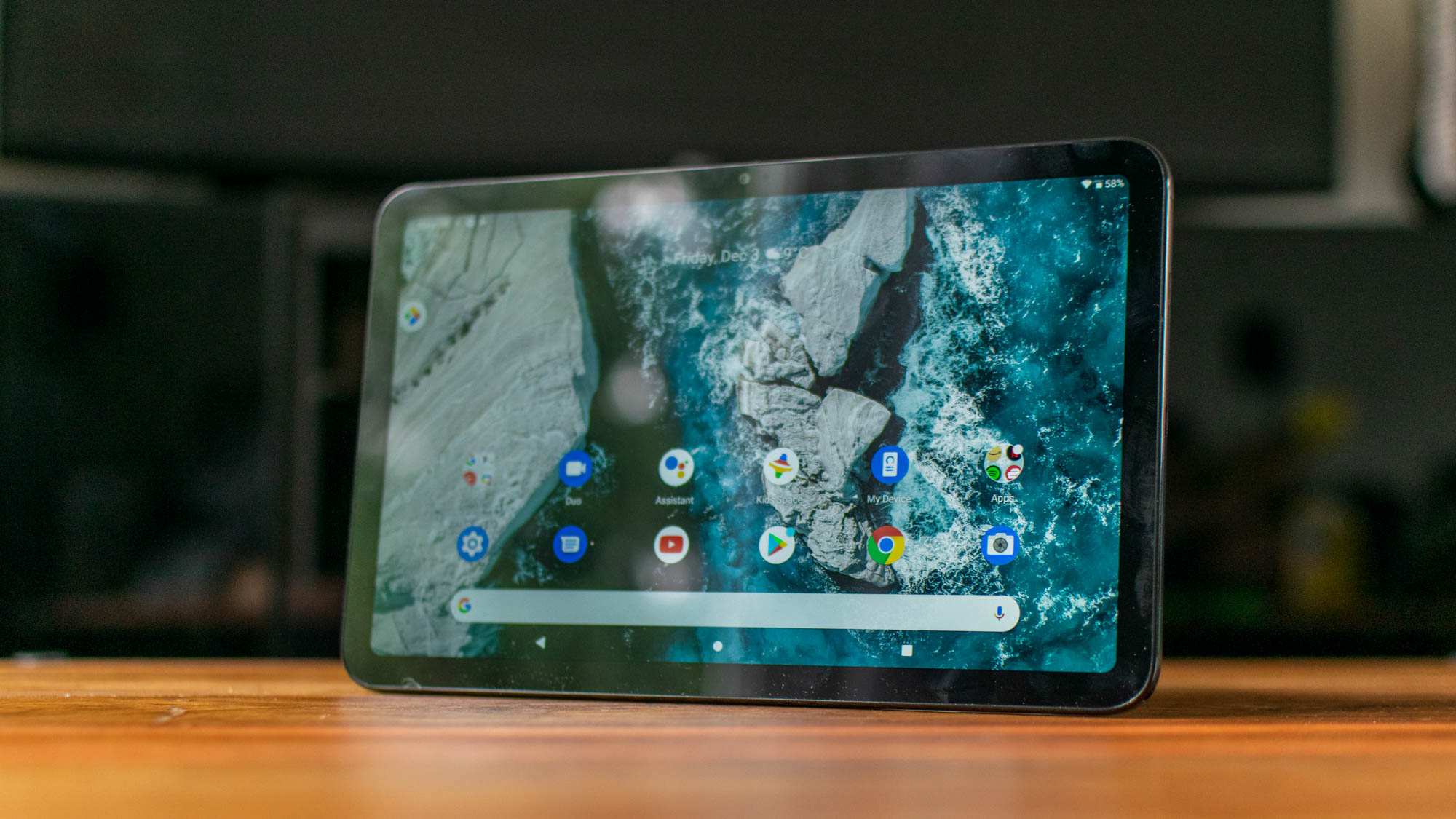‘Sexy view’ worm takes first step towards mobile botnets
A security vendor has released details of a new SMS mobile worm that uses a breakthrough propagation strategy and is targeting mobiles running the Symbian operating system.


A new short messaging service (SMS) worm has been detected in the wild, with the potential to change the rules of the game when it comes to mobile cybercrime.
Security vendor Fortinet's FortiGuard Global Security Research Team has revealed details of a new worm it has detected, which targets handsets running a version of the Nokia-owned Symbian operating system (OS).
The SymbOS/Yxes.A!worm worm propagates itself by gathering phone numbers from the infected device's file system. It then repeatedly attempts to send SMS messages to those phone numbers inviting recipients to "click here to see sexy girls". Because of this, it's been termed "Sexy View".
The SMS features a malicious web address that, once visited, downloads a copy of the worm.
The worm bears a valid certificate signed by Symbian, and installs as a valid application on factory mobile devices running the third edition of Symbian OS S60.
Guillaume Lovet, head of the threat research team at Fortinet, told IT PRO that handset owners are unlikely to be aware their data has been compromised, as the message propagating it will originate from a known contact.
"It's worse than Facebook say, because you tend to have more trust in people whose numbers you have in your phone," he said. "And it's meant to be stealthware, as there's no sign, like new icons, that it's been downloaded. The only thing you will see is your SMS bill grow."
Get the ITPro daily newsletter
Sign up today and you will receive a free copy of our Future Focus 2025 report - the leading guidance on AI, cybersecurity and other IT challenges as per 700+ senior executives
The Sexy View worm could potentially infect any phone running the vulnerable Symbian OS version, including a wide range of Nokia models. But it may run on a wider range of devices, as it has been reported to function on phones operating SymbianOS S60 3rd edition FP 1, like the Nokia N73.
Lovet added: "We could not get it [the worm] to do anything on the N90, which is the most popular device running this OS. But that could be because the handset we tested did not have the configuration the worm was expecting."
The worm's aim is to gather personal intelligence on the infected victim - such as the serial number of the phone, subscription number - and post it to a remote server, likely controlled by cyber criminals.
"This is a step towards the first mobile botnet," observed Lovet. "Smartphones are basically more like PCs nowadays, but they have a billing system."
Although the purpose of worm's gathering of such data was not clear, he said it could be used to initiate mass downloads of paid-for ringtones and games netting potentially large sums for criminals or even to spread new viruses.
Nokia's press office said in a statement: "We have received a note from Nokia Beijing concerning S60 3rd Edition malware spreading in China. To our knowledge, this malware has not been identified elsewhere.
"Nokia takes security seriously in all phases of the mobile communication systems development process, and will continue to investigate and analyse this malware using our normal processes and comprehensive testing."
The mobile firm also reminded users about the importance of their own awareness. "Users can help to protect their mobile device against harmful applications by their own actions, for example exercising caution when opening unknown web links they have received in their devices, accepting applications sent via Bluetooth or opening MMS attachments, as they may include software harmful to their devices," it added.
A 25-year veteran enterprise technology expert, Miya Knights applies her deep understanding of technology gained through her journalism career to both her role as a consultant and as director at Retail Technology Magazine, which she helped shape over the past 17 years. Miya was educated at Oxford University, earning a master’s degree in English.
Her role as a journalist has seen her write for many of the leading technology publishers in the UK such as ITPro, TechWeekEurope, CIO UK, Computer Weekly, and also a number of national newspapers including The Times, Independent, and Financial Times.
-
 Bigger salaries, more burnout: Is the CISO role in crisis?
Bigger salaries, more burnout: Is the CISO role in crisis?In-depth CISOs are more stressed than ever before – but why is this and what can be done?
By Kate O'Flaherty Published
-
 Cheap cyber crime kits can be bought on the dark web for less than $25
Cheap cyber crime kits can be bought on the dark web for less than $25News Research from NordVPN shows phishing kits are now widely available on the dark web and via messaging apps like Telegram, and are often selling for less than $25.
By Emma Woollacott Published
-
 Nokia hails success of Europe’s first commercial 5G cloud RAN deployment
Nokia hails success of Europe’s first commercial 5G cloud RAN deploymentNews Elise says its 5G cloud network puts it in a strong position during a move towards 6G
By Emma Woollacott Published
-
 Kyndryl and Nokia extend partnership to drive data center networking gains
Kyndryl and Nokia extend partnership to drive data center networking gainsNews The companies plan to offer more data center networking options aimed at enterprise customers
By Emma Woollacott Published
-
 Dell and Nokia expand strategic partnership to drive network cloud transformation
Dell and Nokia expand strategic partnership to drive network cloud transformationNews The companies will leverage each other’s expertise and distribution to scale telecom networks and private 5G use cases
By Daniel Todd Published
-
 Nokia and Google score breakthrough in Android 13 network slicing
Nokia and Google score breakthrough in Android 13 network slicingNews Nokia's solution will allow devices to connect to multiple network slices simultaneously, provided by existing 4G and 5G operators
By Rory Bathgate Published
-
 Nokia wins Indosat contract to expand 5G across Indonesia
Nokia wins Indosat contract to expand 5G across IndonesiaNews The deal will bring next-gen communication technology to customers across a 1.4 million square kilometre area
By Praharsha Anand Published
-
 Nokia and Ligado partner on 4G, 5G enterprise private network
Nokia and Ligado partner on 4G, 5G enterprise private networkNews Nokia will leverage Ligado’s Band 24 spectrum to reach the US enterprise market
By Praharsha Anand Published
-
 The IT Pro Products of the Year 2021: The year’s best hardware and software
The IT Pro Products of the Year 2021: The year’s best hardware and softwareBest Our pick of the best products from the past 12 months
By IT Pro Published
-

 Nokia T20 review: A simple, sturdy Android tablet at an SMB-friendly price
Nokia T20 review: A simple, sturdy Android tablet at an SMB-friendly priceReviews It’s not as luxurious as an iPad, but the T20 makes a fine, functional tablet for business
By Darien Graham-Smith Published